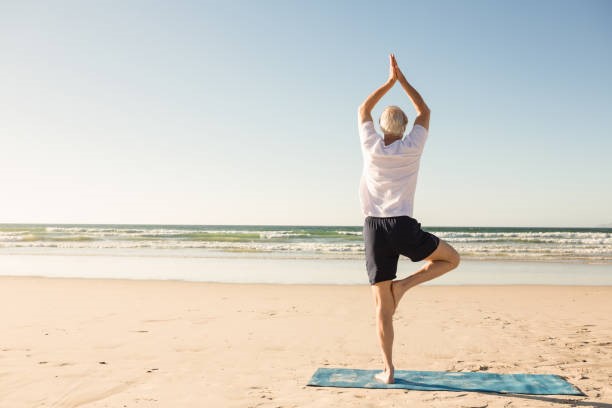Joint Health
Shielding Shoulder Joints: Techniques to Prevent Strain and Injury
Preventing strain and injury goes beyond traditional advice. While exercise and proper form are crucial, there are unique techniques that can add an extra layer of protection. In this guide, we’ll explore some out-of-the-box approaches to safeguarding your body and promoting long-term well-being.
1. Mindful Movement: The Power of Body Awareness
Cultivating a strong mind-body connection can significantly reduce the risk of strain and injury. By staying present and attentive during physical activities, you become more attuned to your body’s signals, allowing you to adjust movements and posture to prevent overexertion.
2. Proprioceptive Training: Fine-Tuning Balance
Proprioception involves your body’s ability to sense its position in space. Incorporating exercises that challenge balance, like standing on one leg or using unstable surfaces, can improve proprioceptive awareness and enhance stability, reducing the likelihood of falls and injuries.

3. Joint Mobilization Techniques: Enhancing Flexibility
Gentle joint mobilization exercises involve slow, controlled movements designed to increase range of motion. By focusing on articulating specific joints, you can improve flexibility, reducing the strain on surrounding muscles and ligaments.
4. Myofascial Release: Unwinding Tension
Utilizing tools like foam rollers, massage balls, or even your hands, myofascial release targets the fascia, a connective tissue that can become tight and restrict movement. By applying gentle pressure and rolling or massaging specific areas, you can release tension and improve overall mobility.
5. Micro-Movements: The Power of Incremental Adjustments
Incorporating subtle adjustments in posture and movement, known as micro-movements, can help distribute stress more evenly across muscles and joints. This technique minimizes the risk of repetitive strain and allows for more sustainable movement patterns.

6. Dynamic Warm-Up Sequences: Preparing the Body
Dynamic warm-up routines involve moving through a series of controlled, full-body movements that mimic the motions of your intended activity. This not only increases blood flow but also prepares your muscles and joints for the specific demands of your workout, reducing the risk of injury.
7. Mindful Rest and Recovery
True injury prevention includes adequate rest and recovery. Mindful practices like meditation, gentle stretching, and relaxation techniques promote healing and allow your body to recharge, ensuring it’s ready for future challenges.
Above all, the most unique and essential technique for preventing strain and injury is simply listening to your body. Pay attention to discomfort, pain, or unusual sensations. If something doesn’t feel right, modify or stop the activity. Your body knows best, and respecting its signals is the cornerstone of injury prevention.


